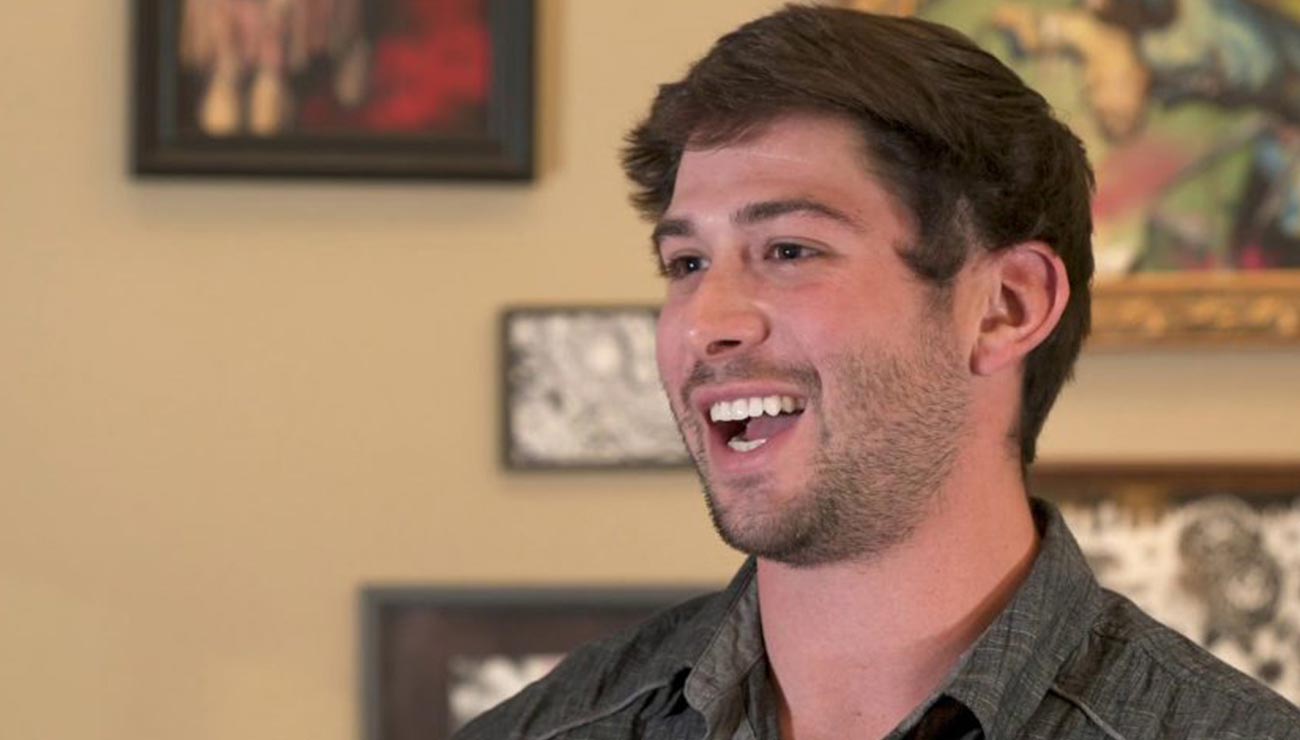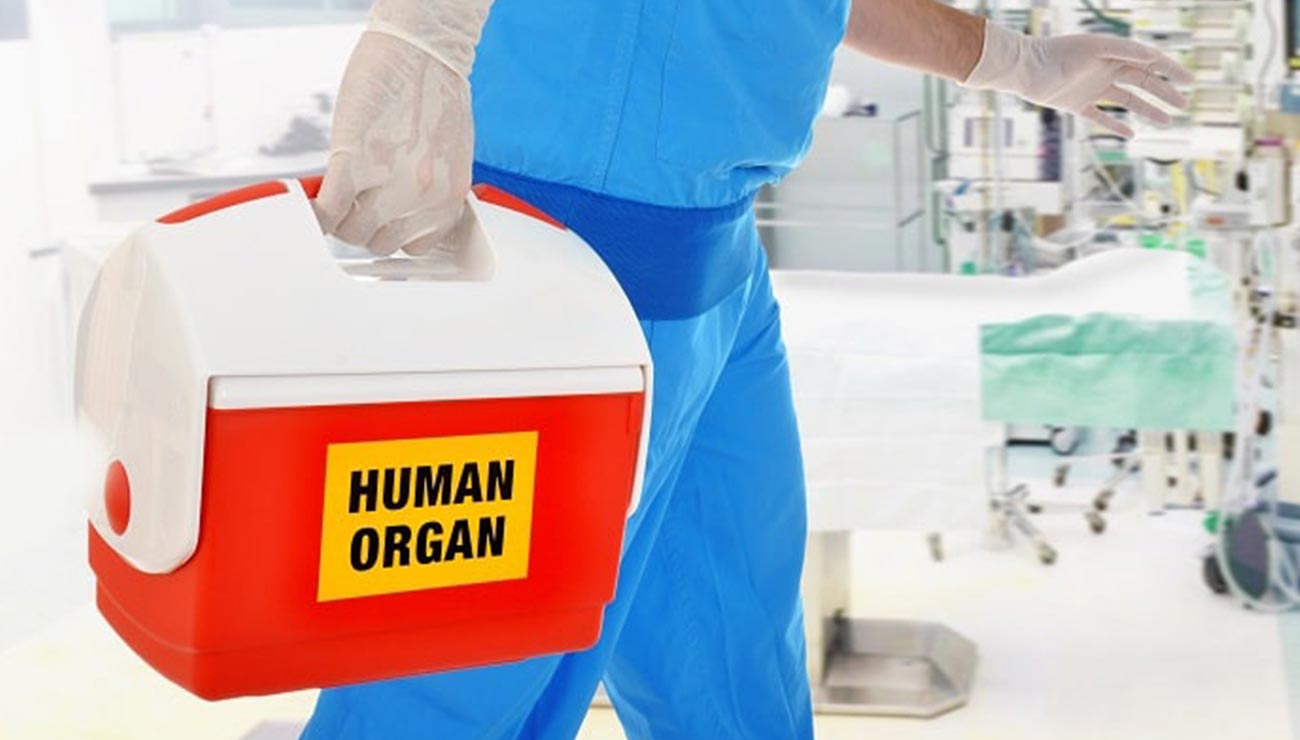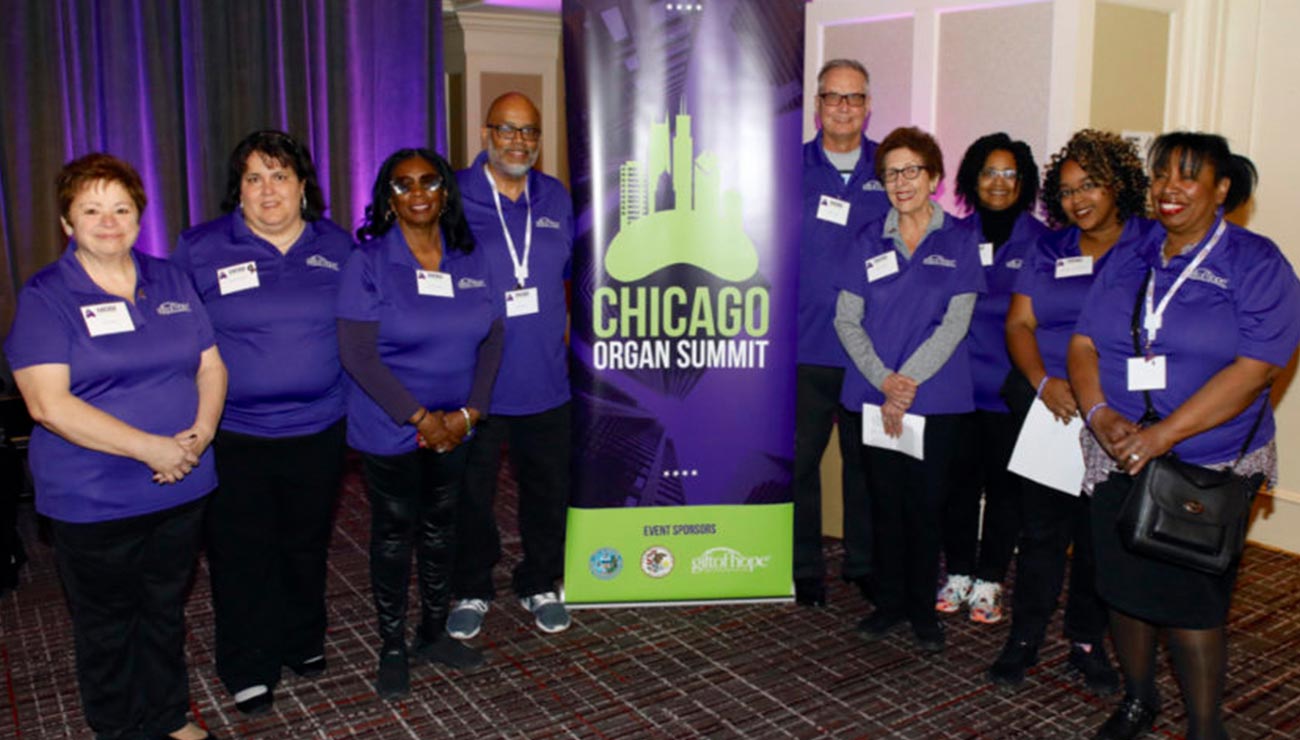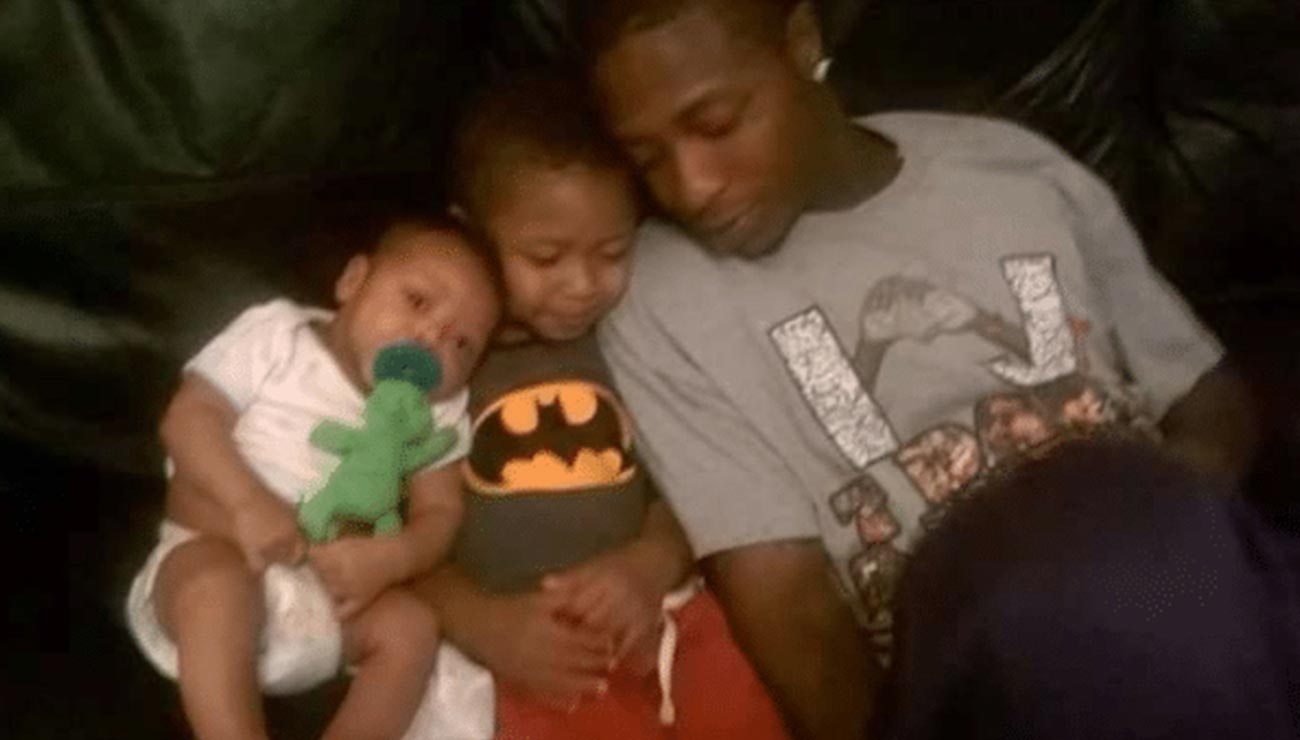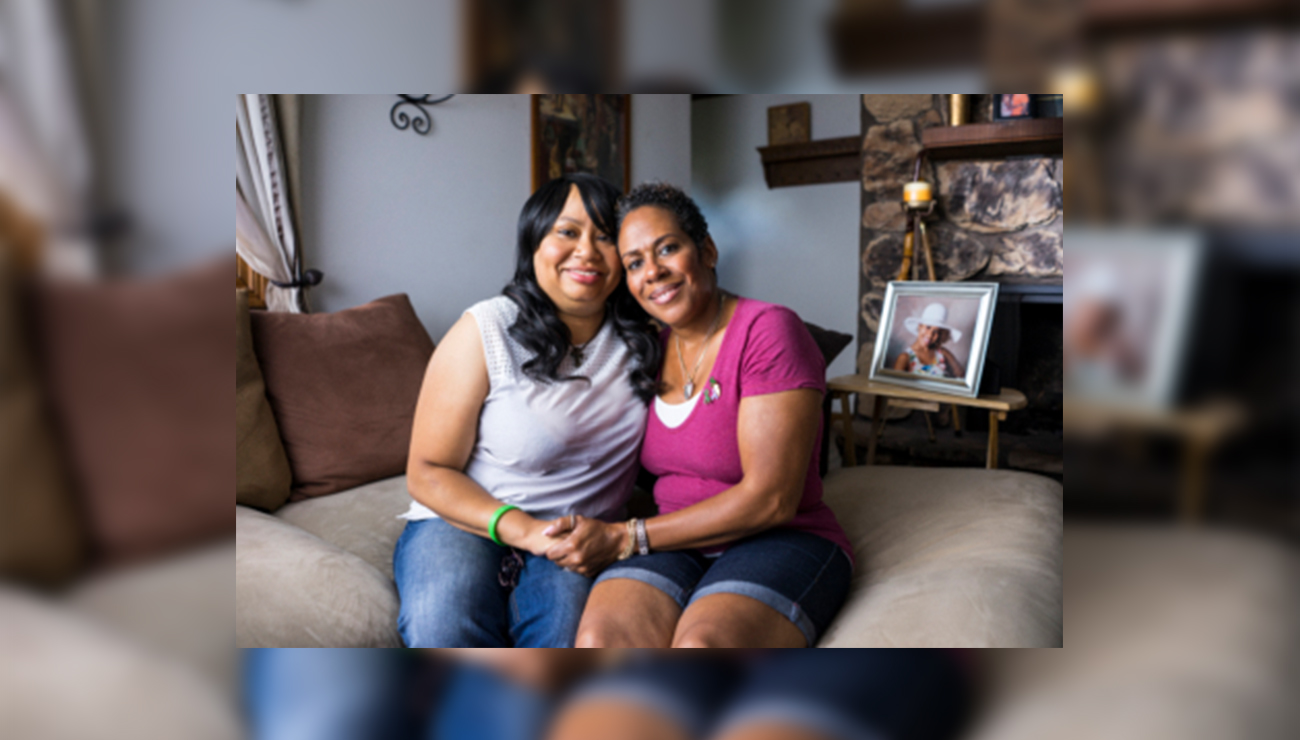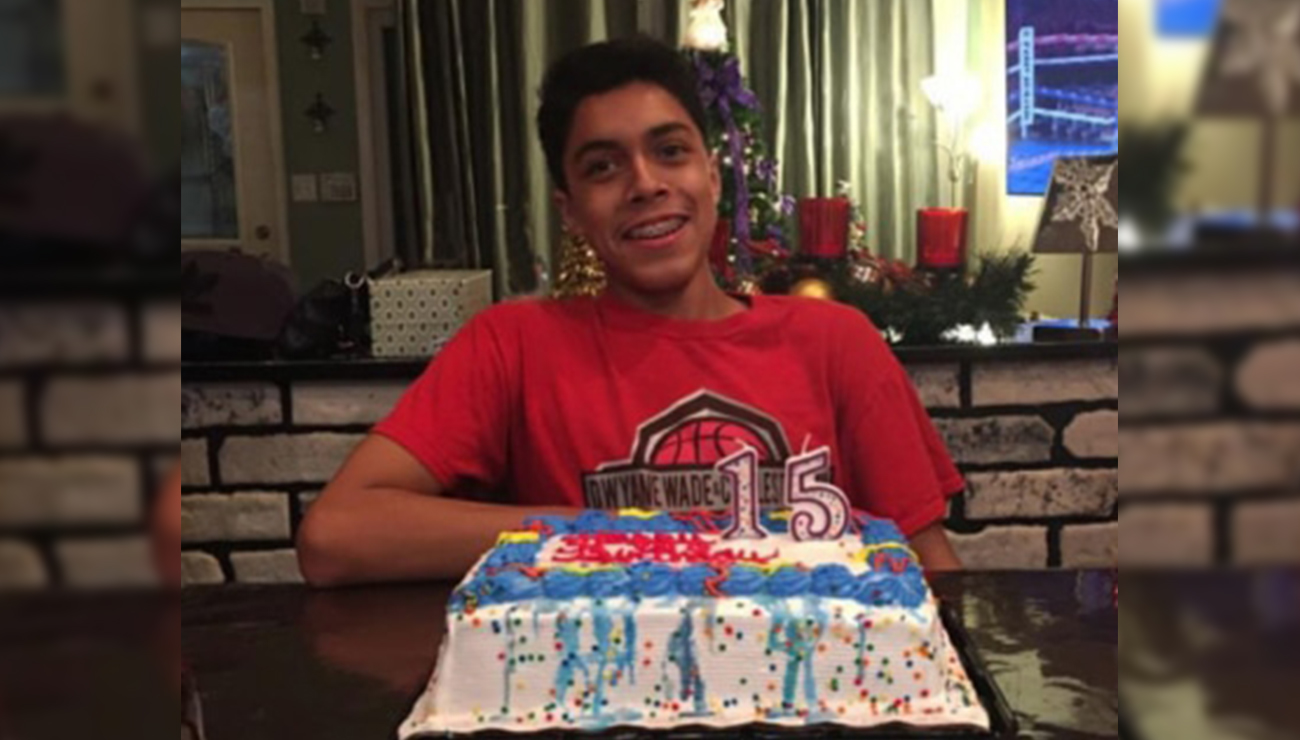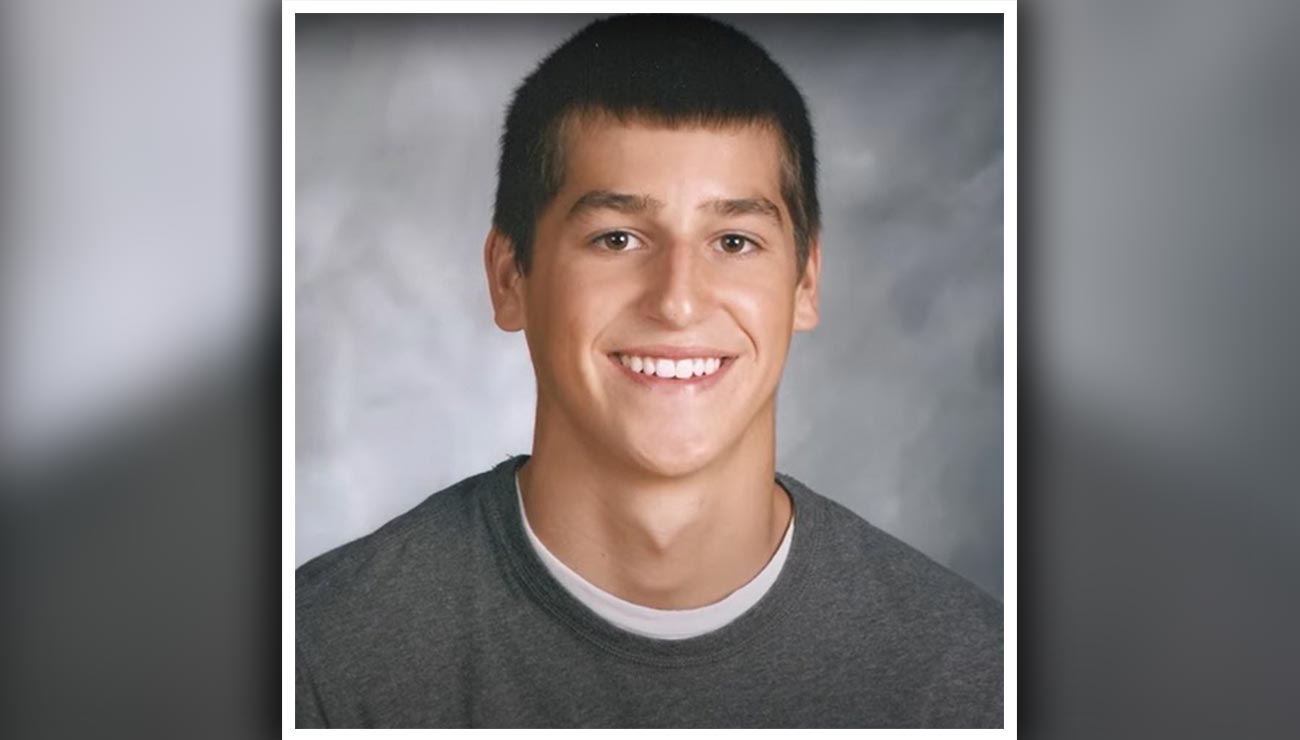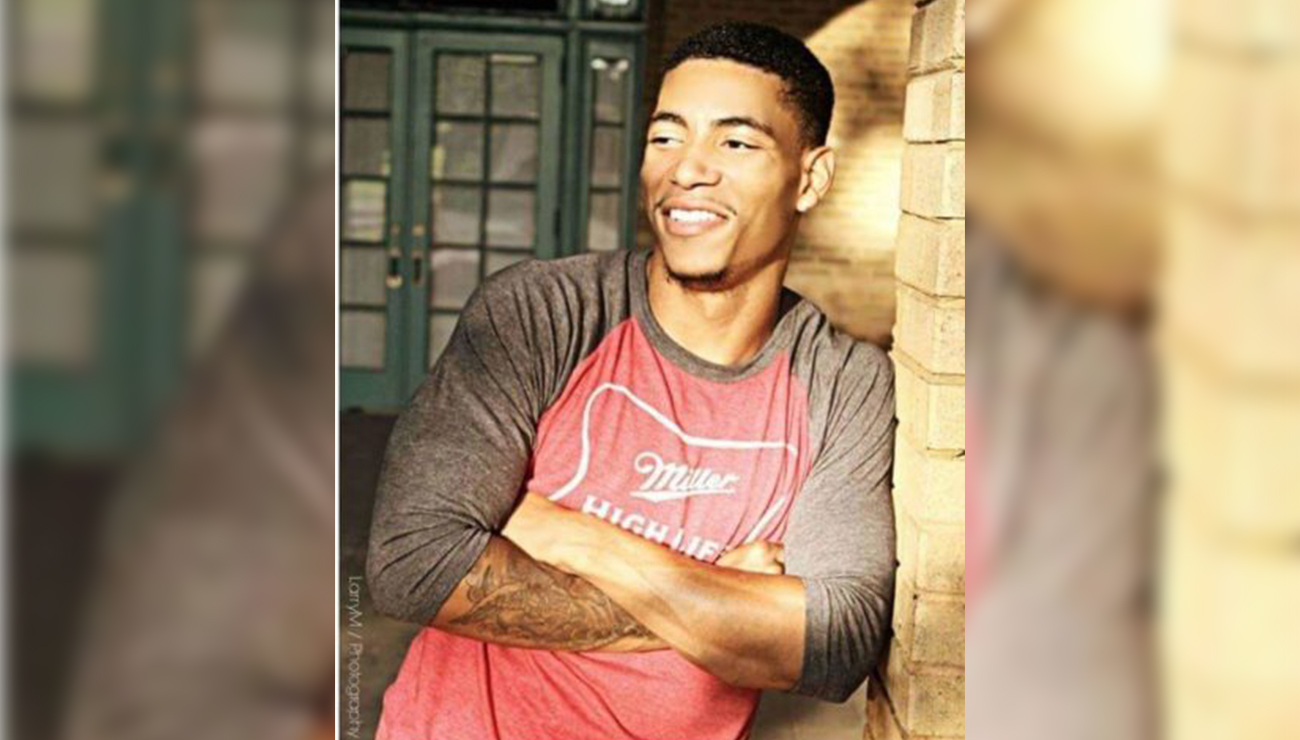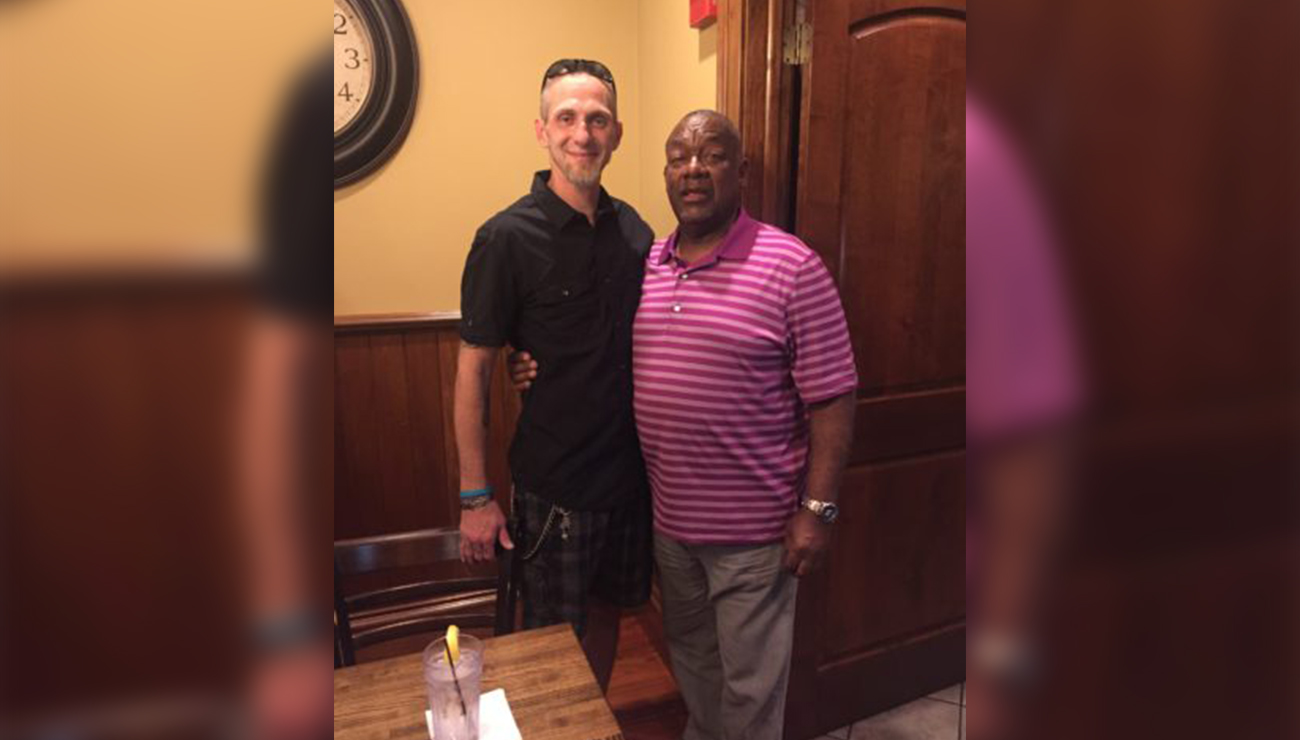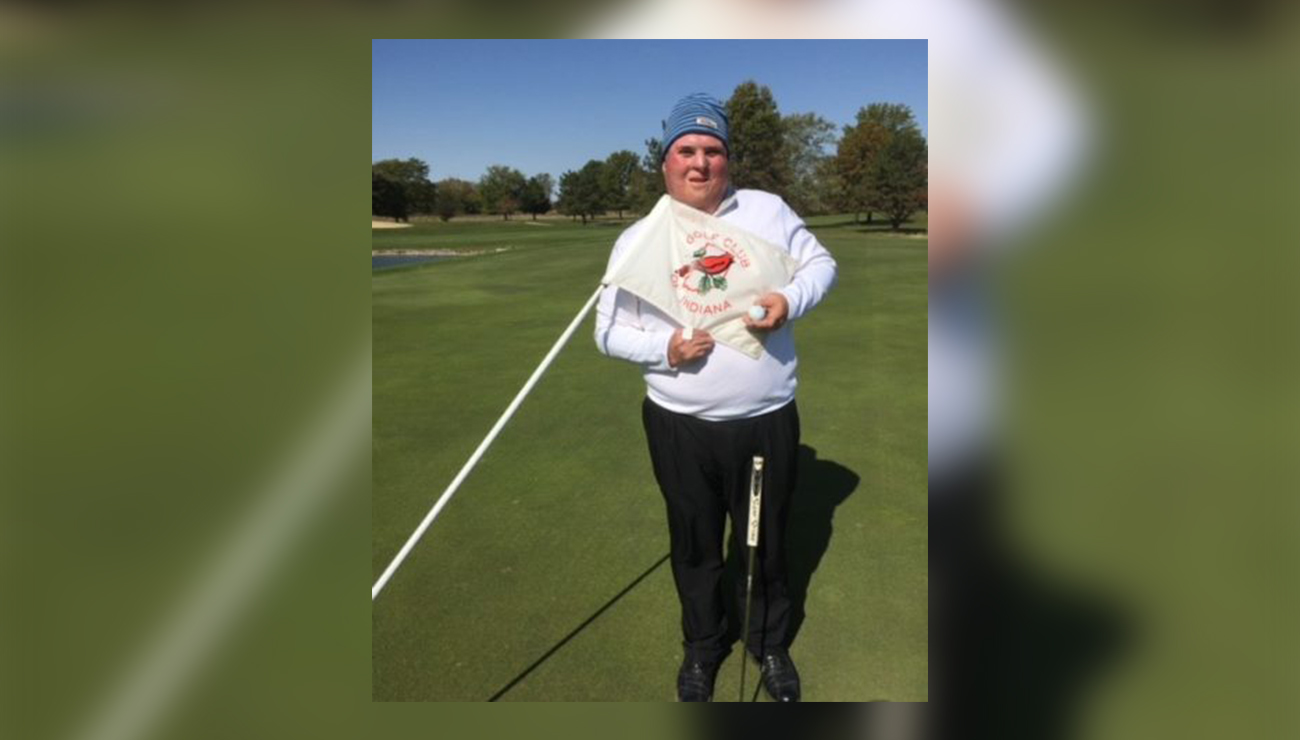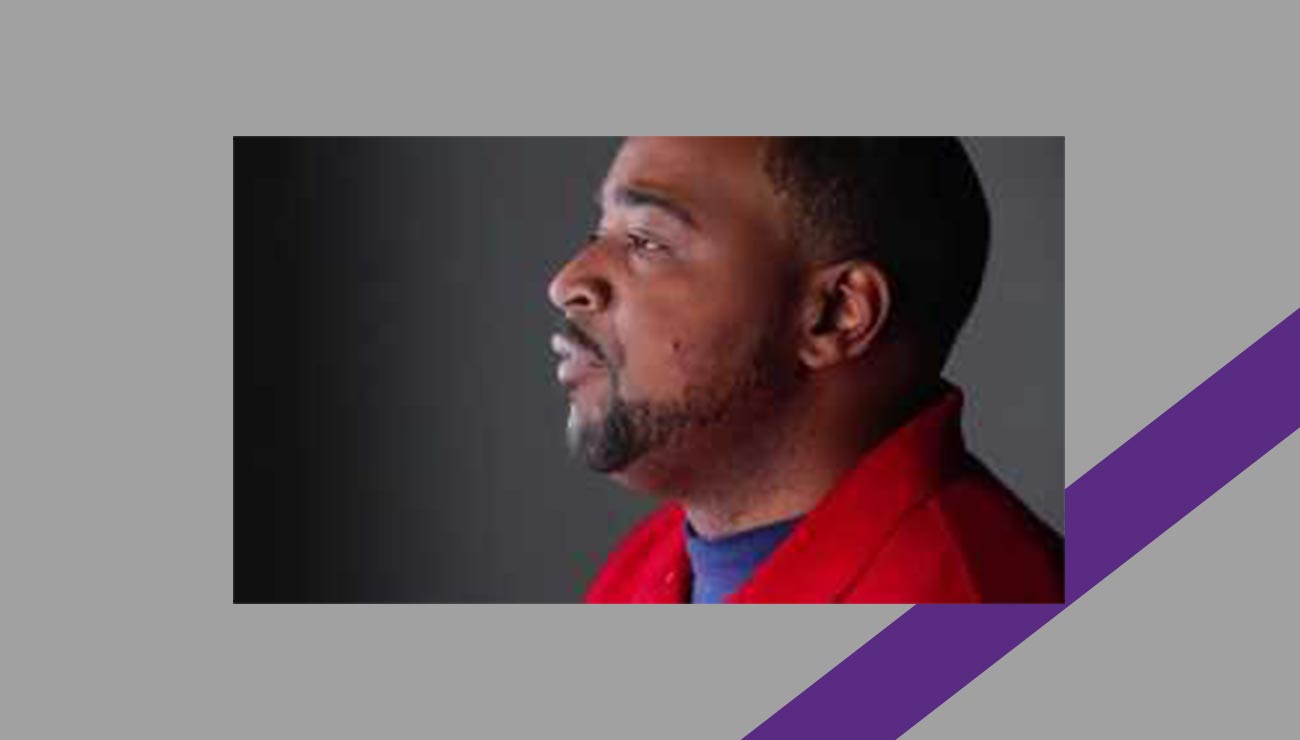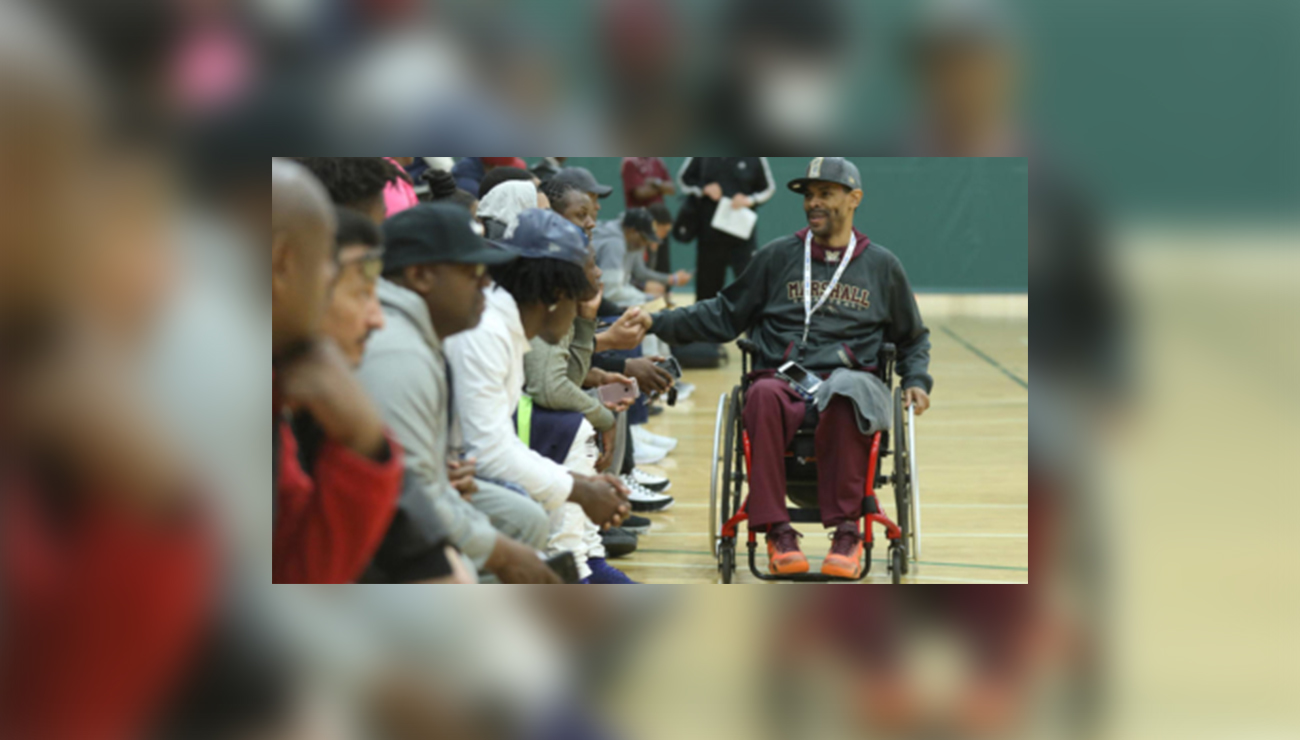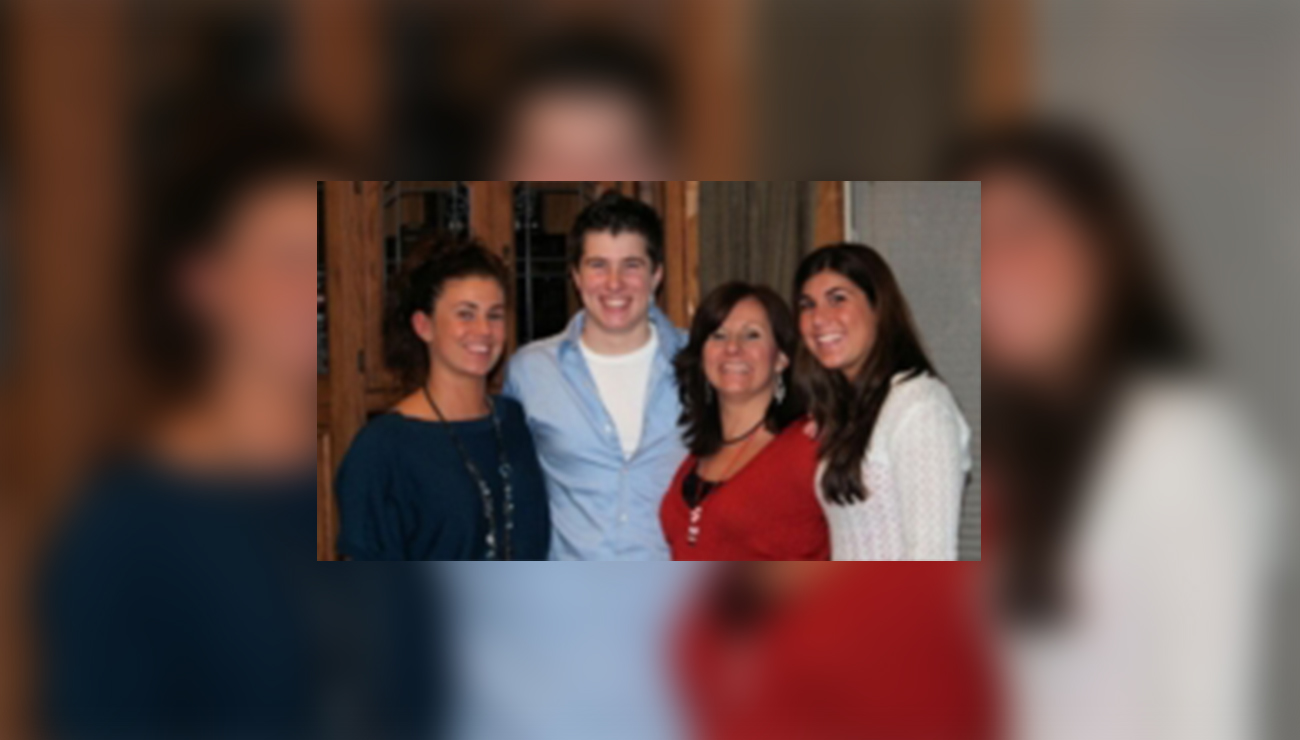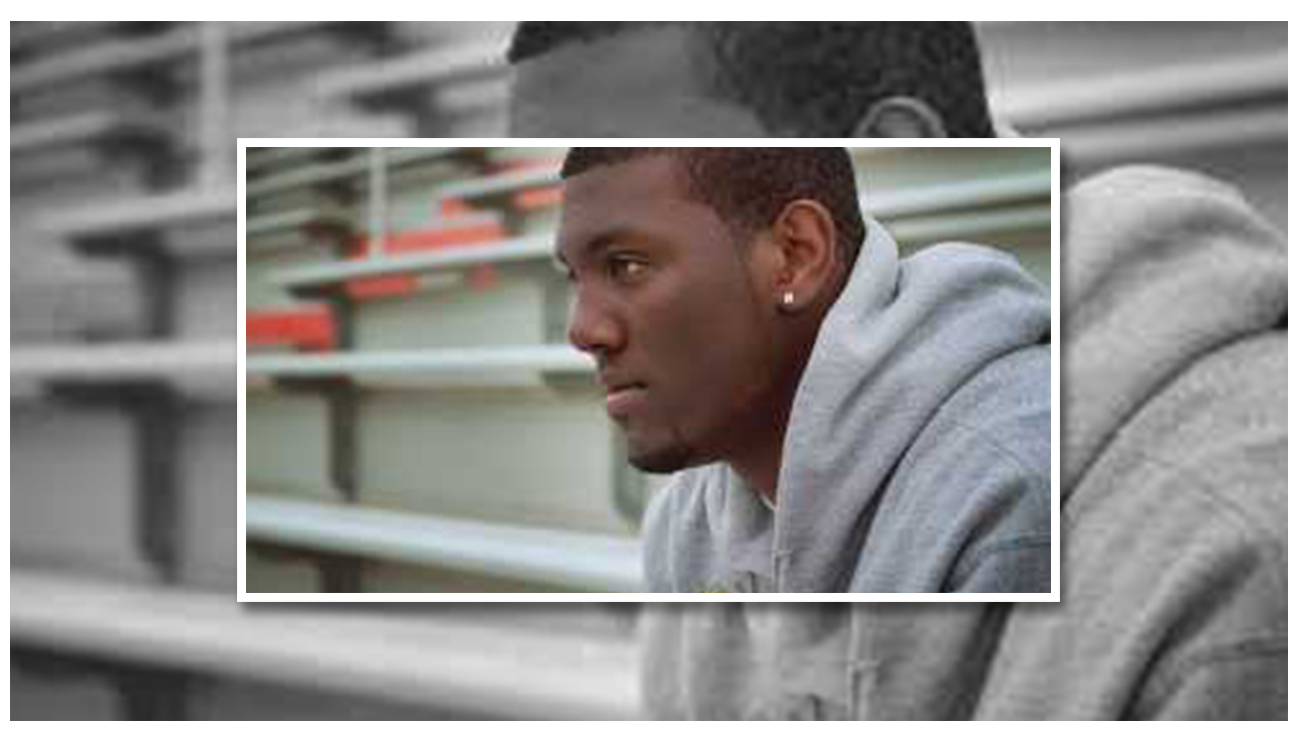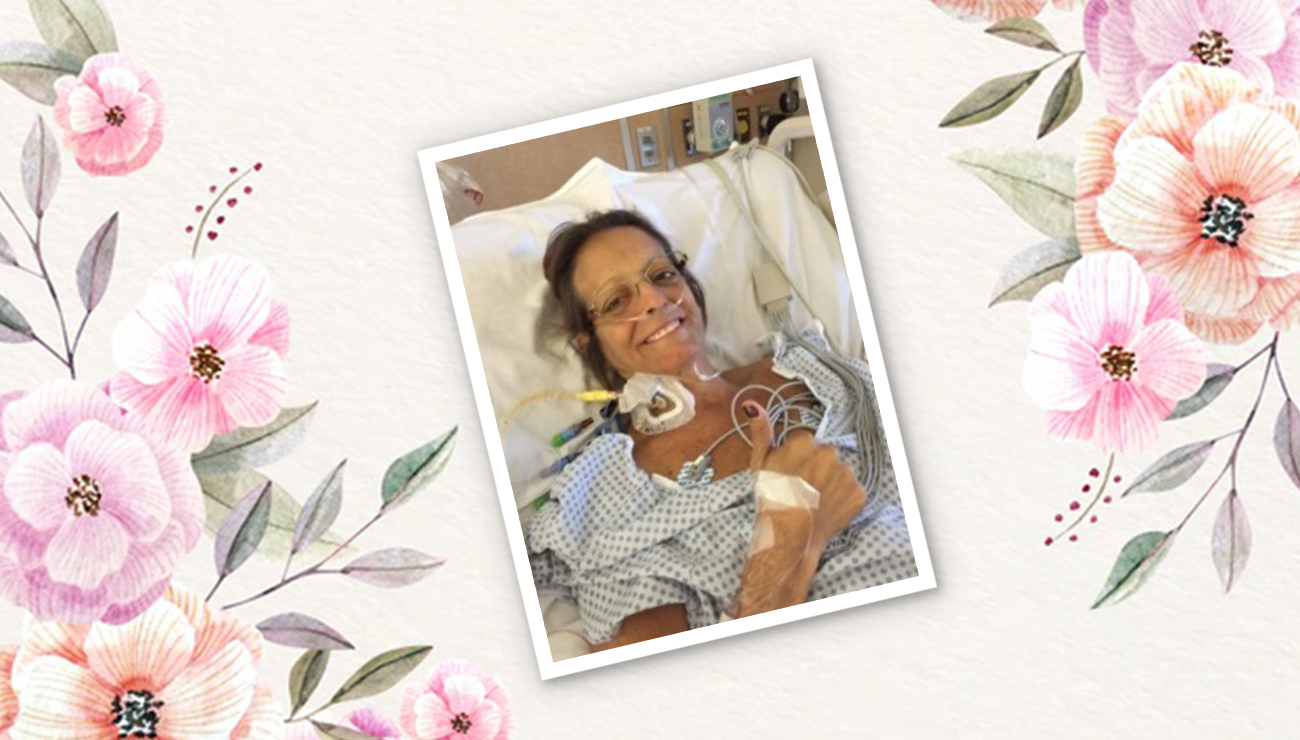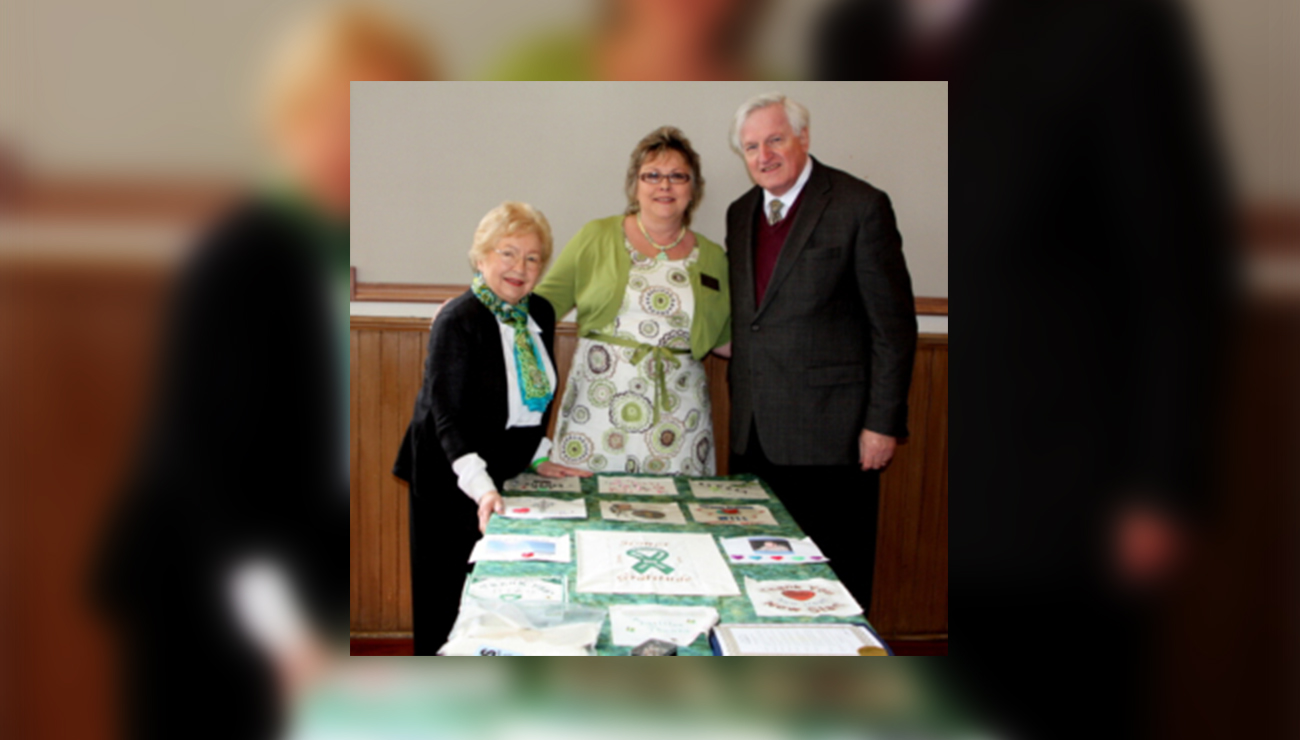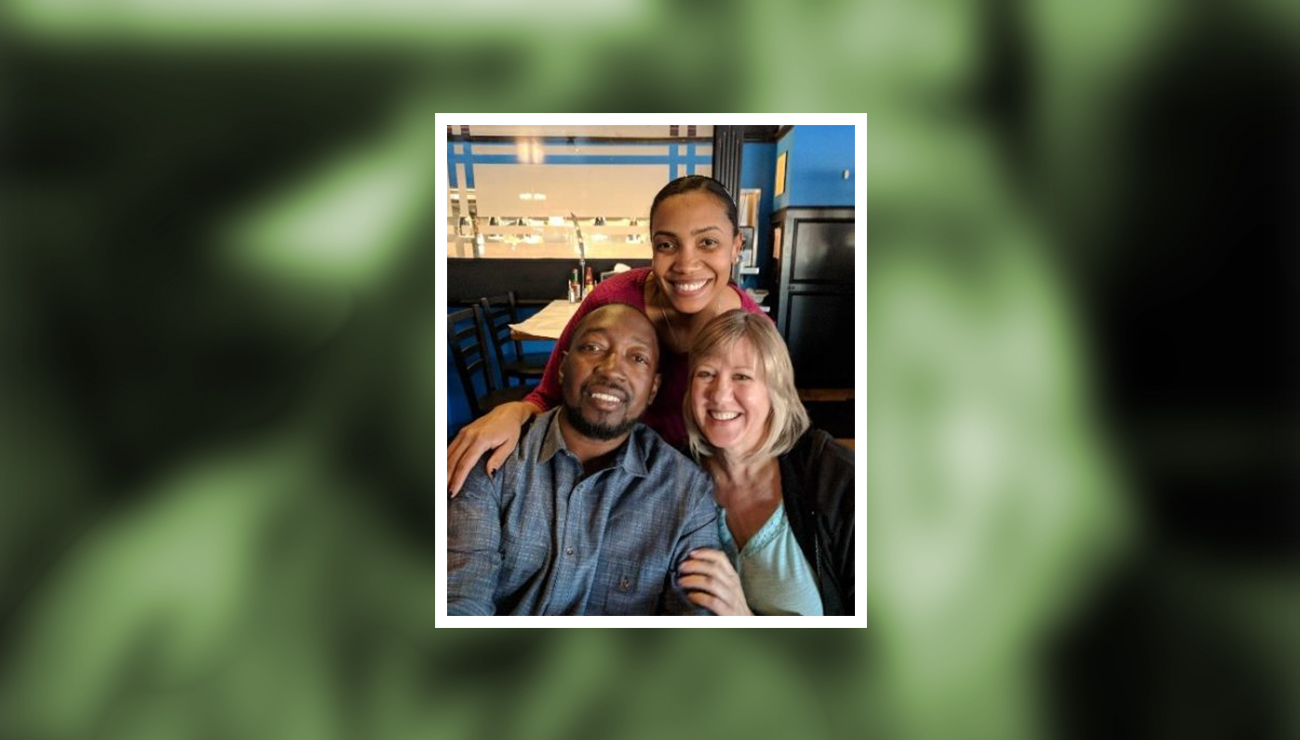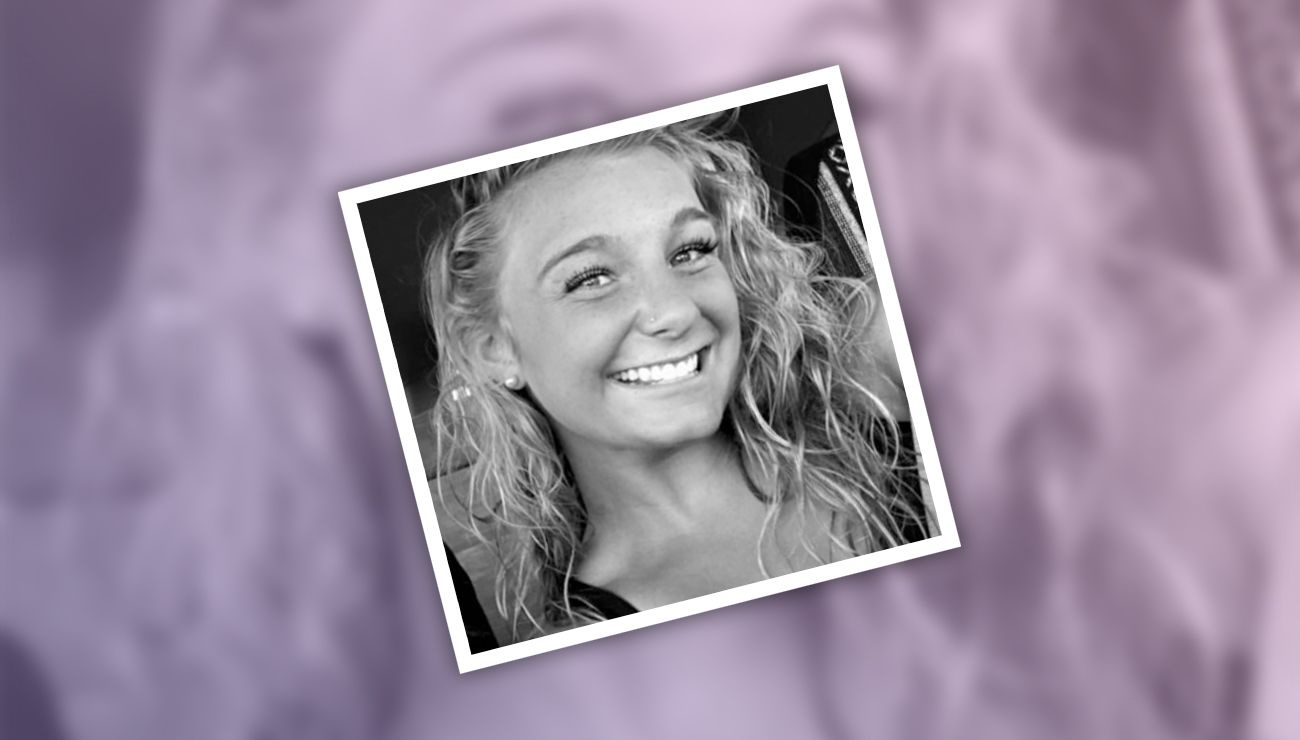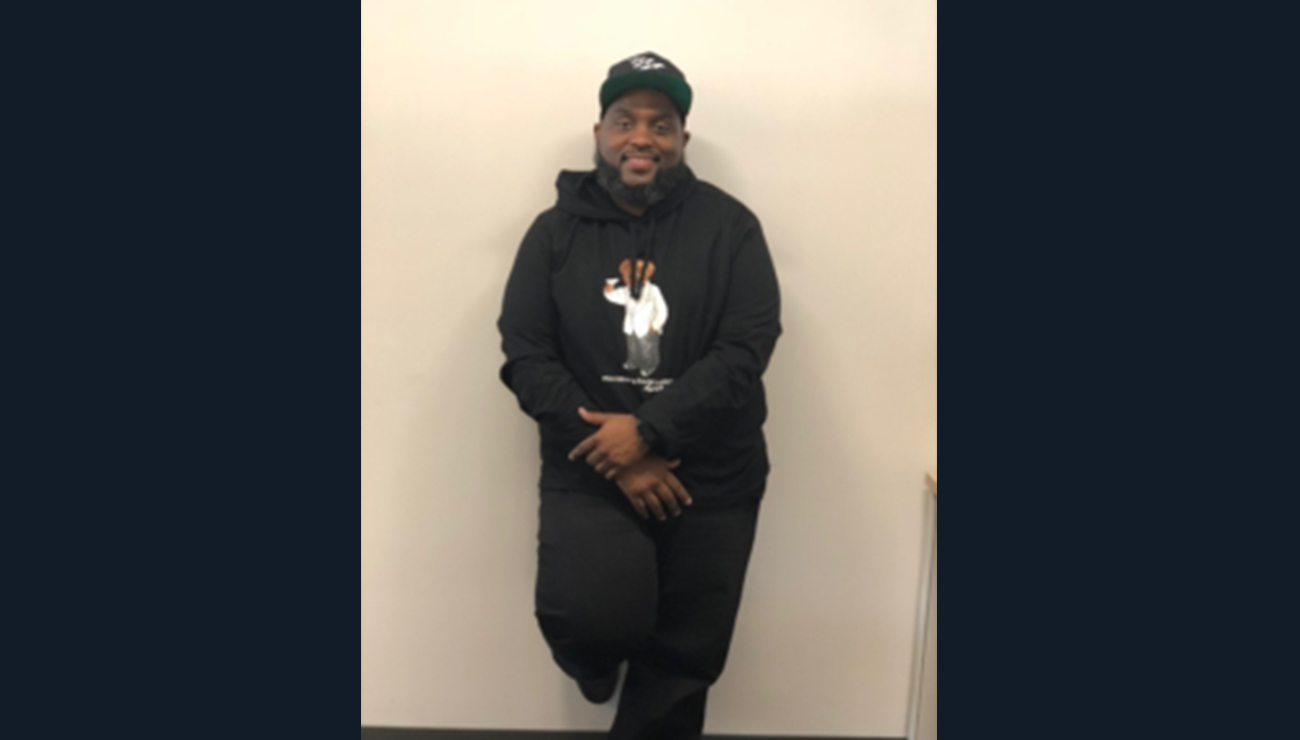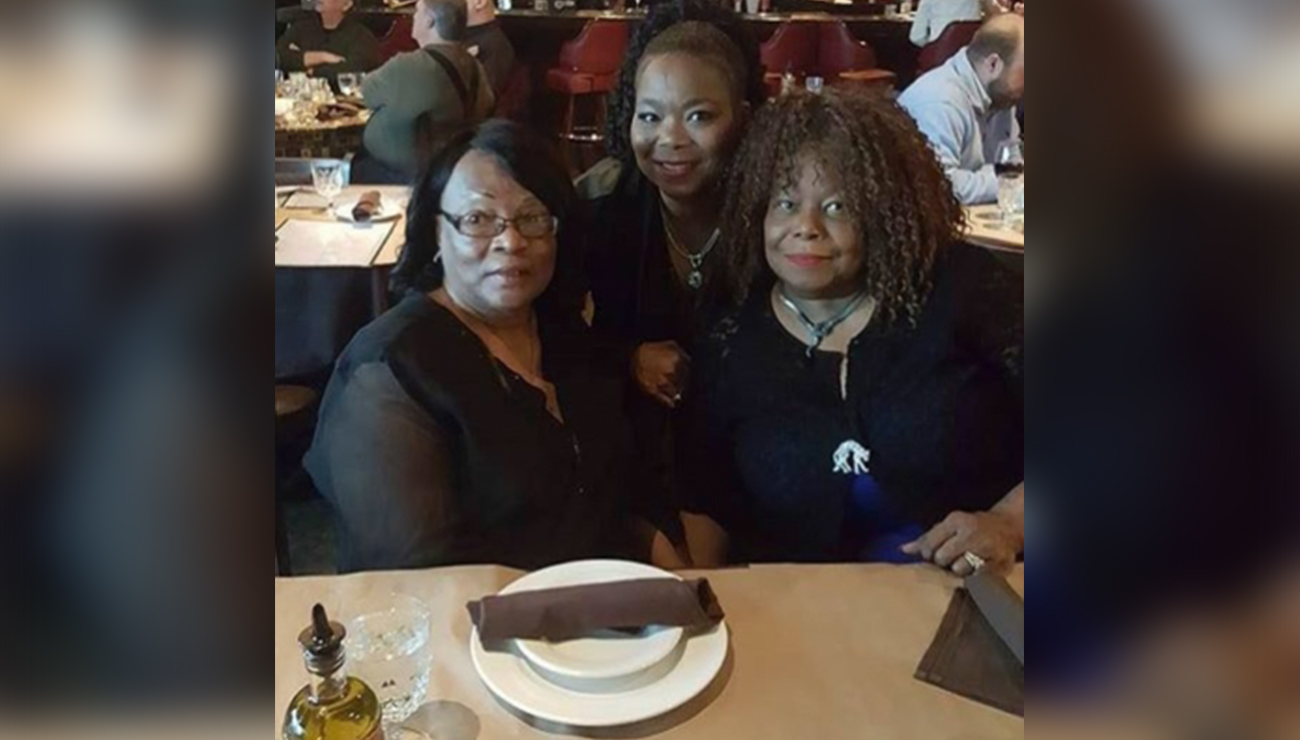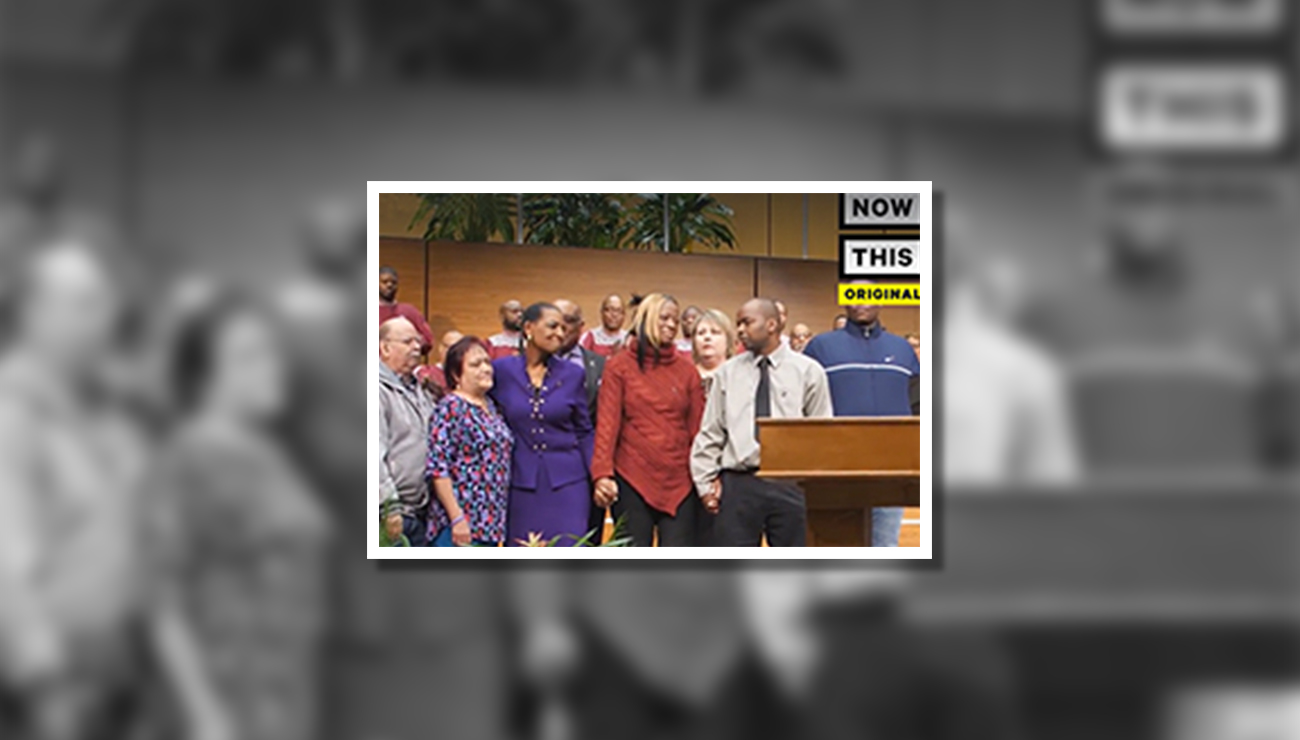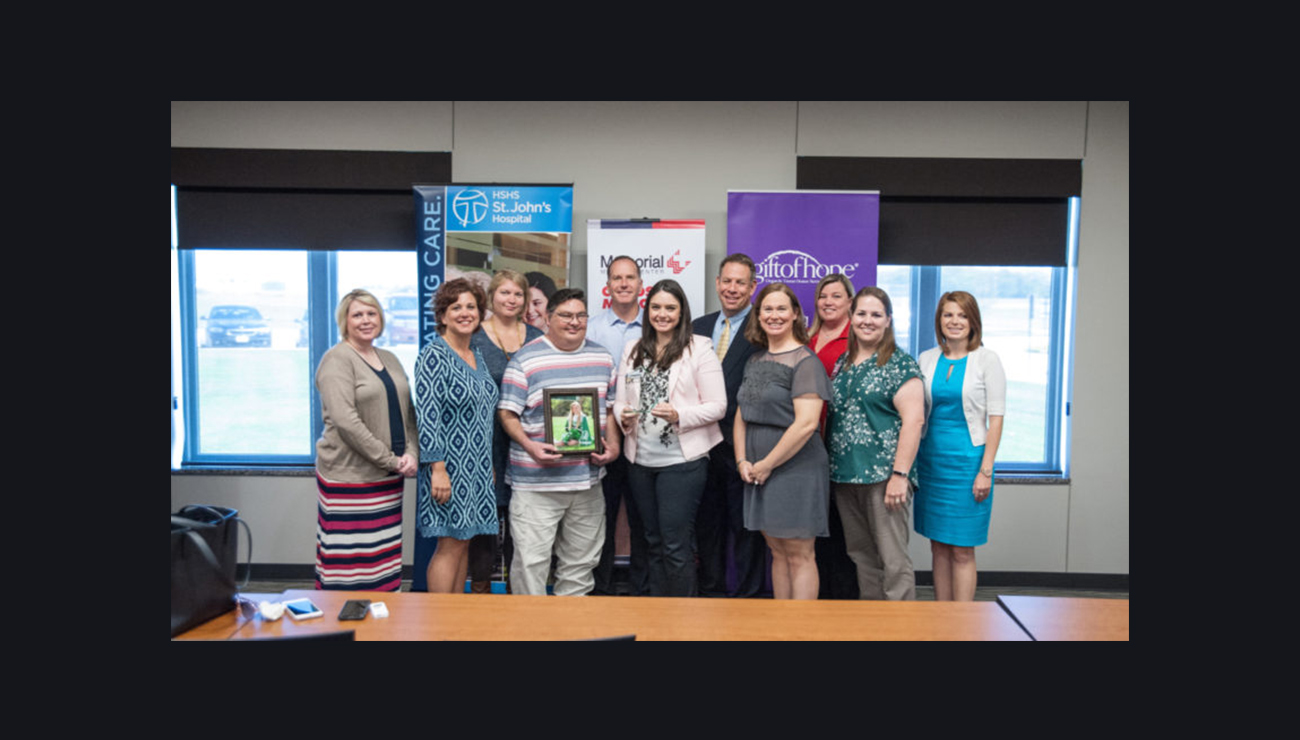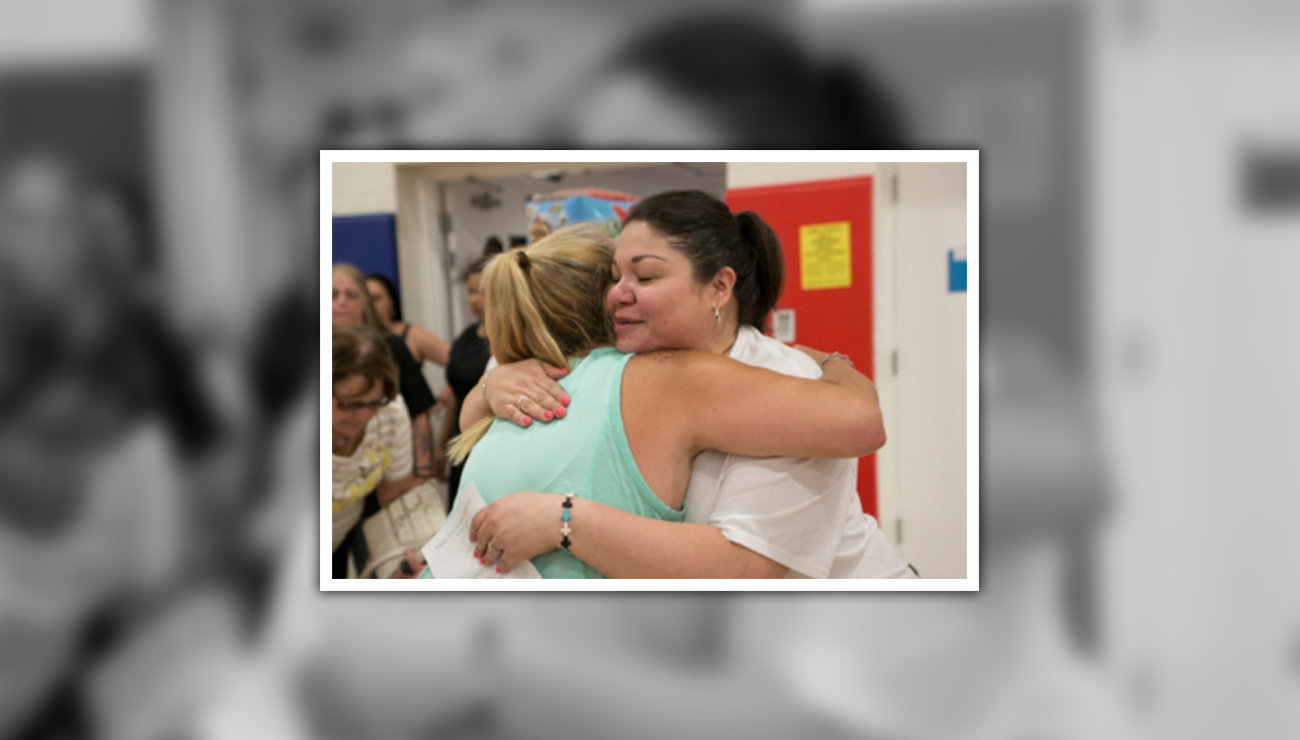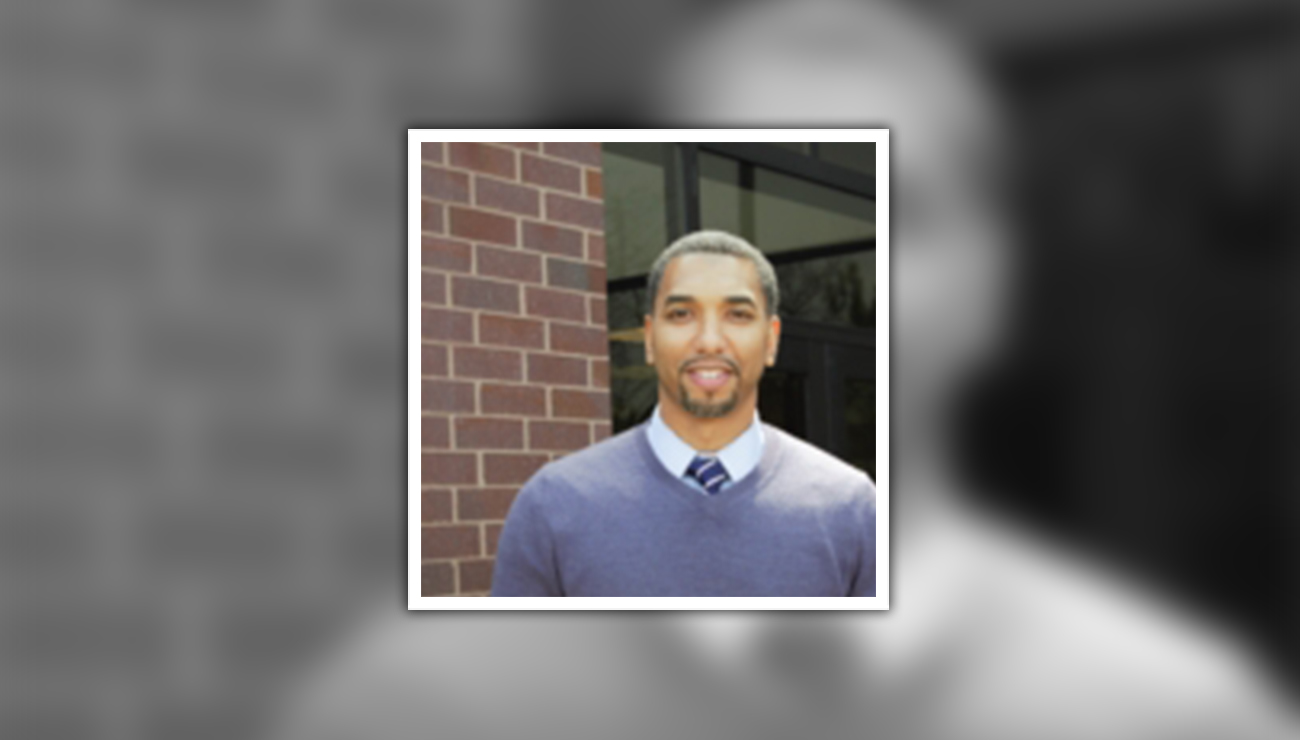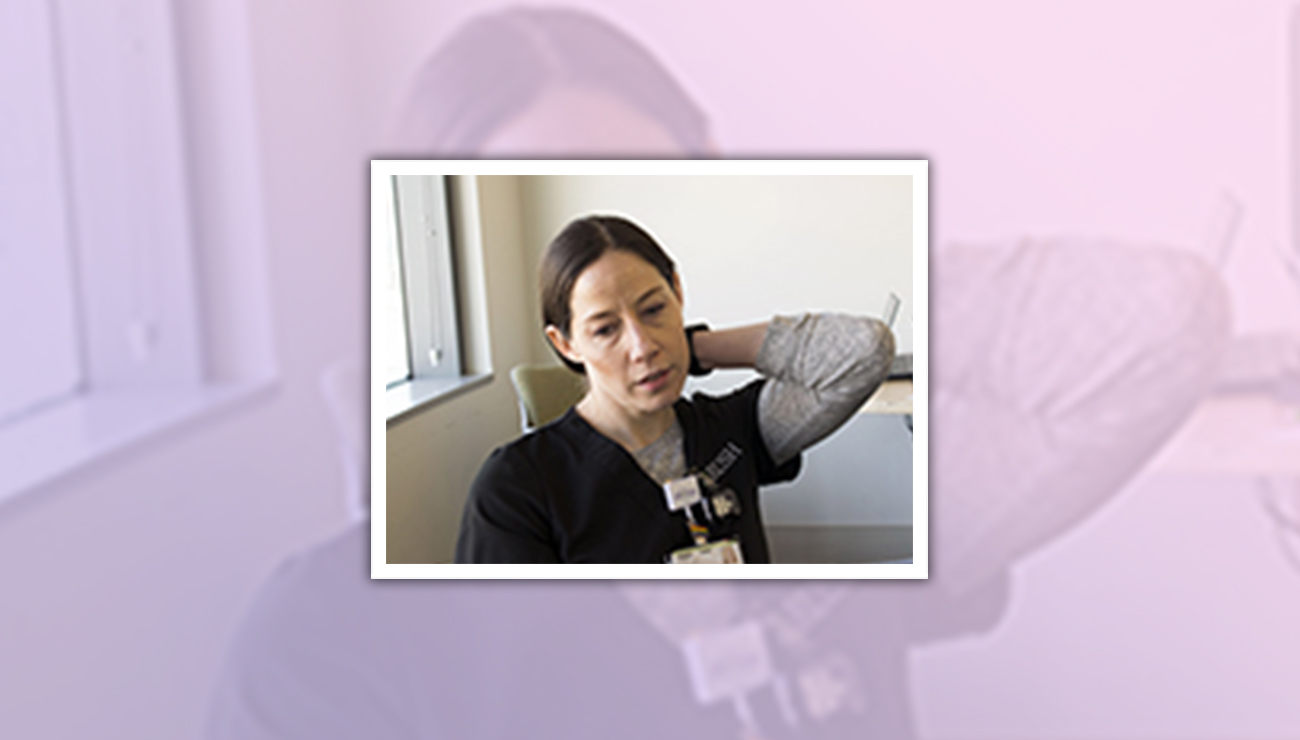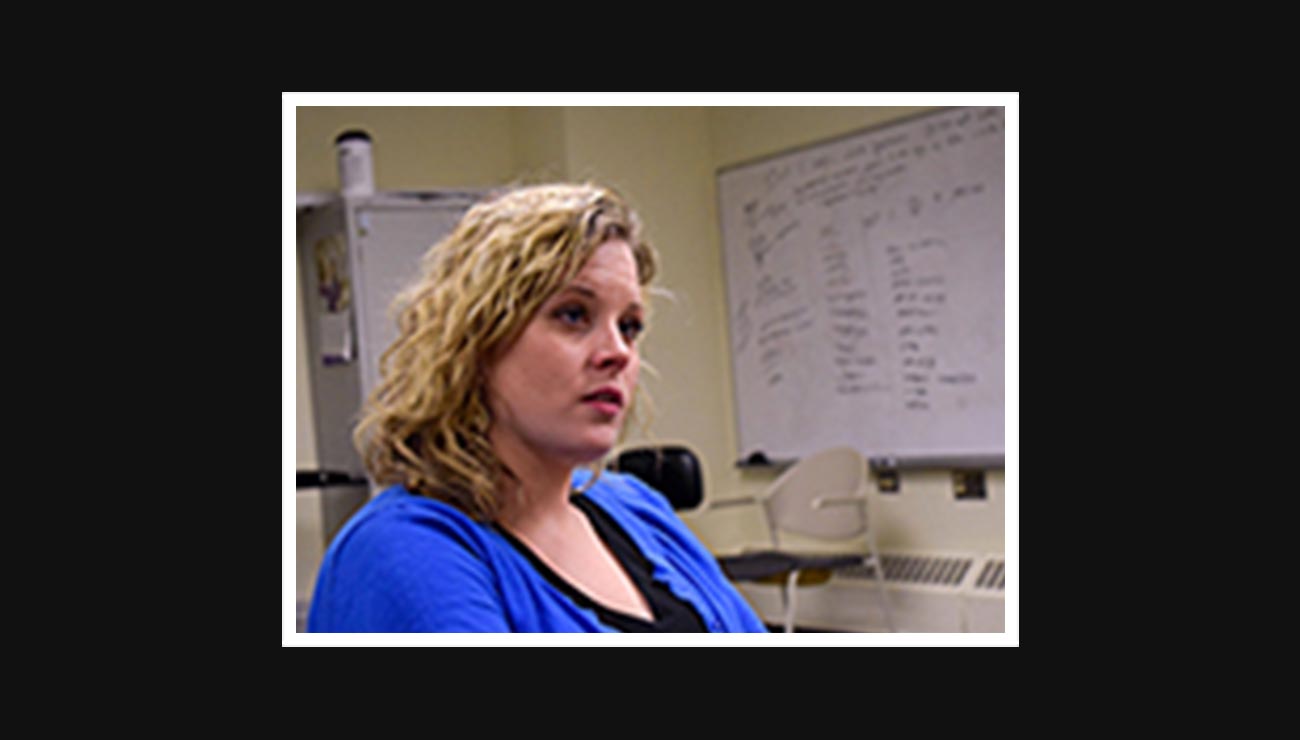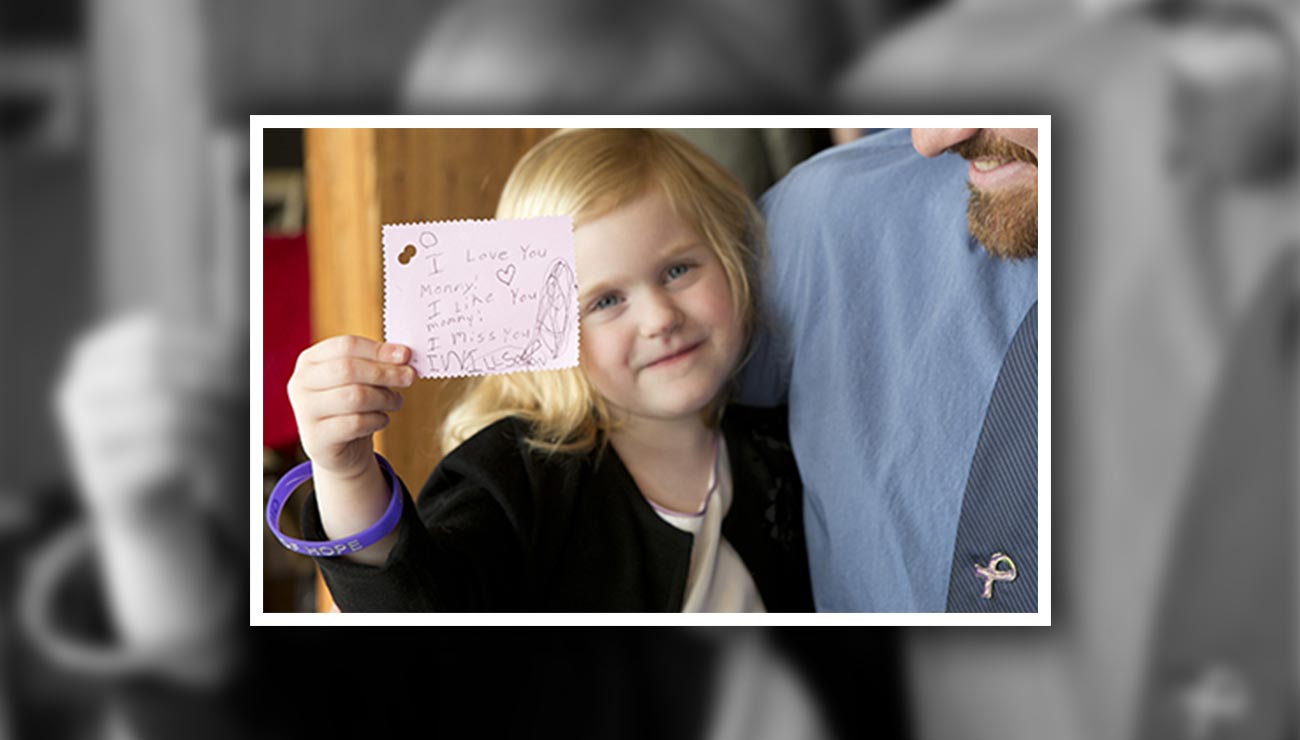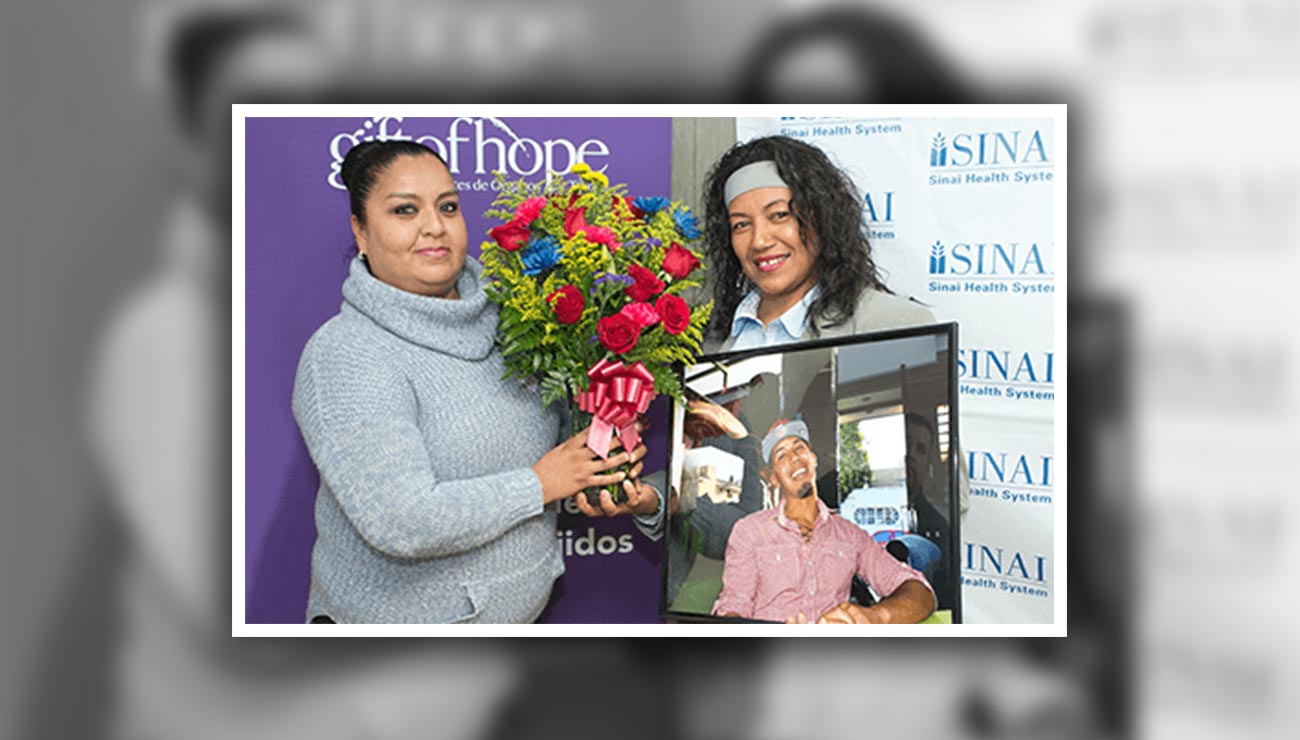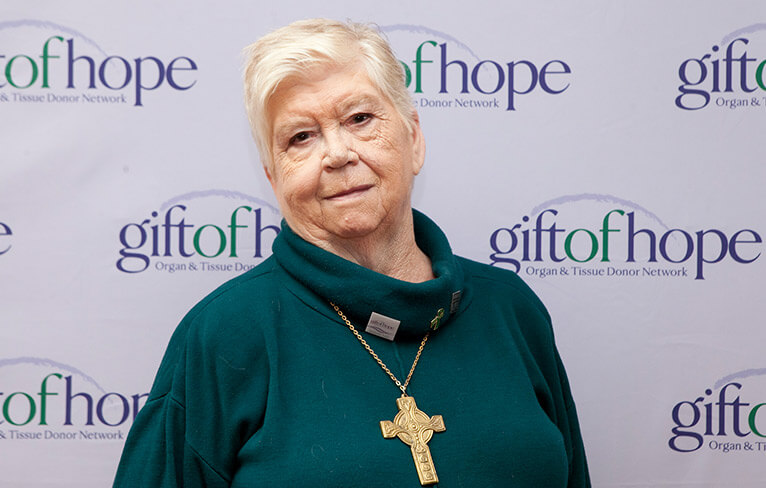Being on a waiting list for an organ transplant is stressful. With each passing day of waiting, the person becomes weaker, making the success of the eventual transplant more tenuous. For some patients, the best chance of survival is finding a living donor as soon as possible.
The first organ to be successfully transplanted was a kidney from a living donor in 1954. The donor was the recipient’s identical twin which increased the chances for success. Since that first transplant, many advances have been made that reduce organ rejection and increase the success rate of living donations.
Living donations of other organs have been perfected including transplanting segments of livers, lungs, and intestines. The United Network for Organ Sharing reports that nearly 7,000 transplants were made possible by living donors in the United States in 2018.
If you have a family member or friend who is waiting for a transplant, volunteering to donate an organ will change his or her life. However, there is more to becoming a living donor than a desire to help. Extensive testing must be completed to increase the possibility of a successful outcome.
Health requirements
The basic requirements for being a living donor include being under the age of 65, being healthy with no major medical issues and having well-proportioned height and weight. Several tests to check for blood type, tissue match and antibodies will need to be completed. Standard X-rays are performed to rule out any heart or lung problems.
Organ-specific tests will be performed to make sure the organ is functioning properly. These tests are for the protection of the donor as well as the recipients. If the donor is healthy, he is less likely to have complications from the donation. The tests also assure the recipient that the donated organ does not carry any disease and is a good match.
Psychological requirements
Another important step is psychological testing to make sure the donor understands the process and risks of donating an organ. The recipient must also undergo testing to be sure he understands the procedure, risks and the responsibilities of taking medications and completing follow-up instructions after the transplant. Having an open discussion where all concerns are addressed is an important part of the process.
Financial requirements
Financial concerns should also be addressed. While all of the medical expenses connected to the donation are paid for by the recipient’s insurance, there can be additional expenses including loss of wages during recovery, childcare, travel expenses, and food costs. Living donors can get help from The National Living Donor Assistance Program if they are not able to cover these extra expenses.
Naming a recipient
When the donor names a specific person to receive the organ, it is known as a directed donation. This is the most common living donation. When the donor does not name a specific recipient, it is known as a non-directed donation. The recipient is selected based on need and compatibility in these situations.
If a relative, friend or spouse is willing to give a living donation but is not a match to the recipient, a paired donation is an option. In this arrangement, a living donor and a recipient who do not match are connected to another living donor and recipient who also do not match in hopes of finding a match between the four people.
An incredible gift
When a living donor steps up to help a stranger, the story often makes headlines. When Annamarie Ausnes of Tacoma, Washington needed a kidney after disease had destroyed her own kidneys, she appealed to her son and her husband but neither of them proved to be a good match. She was telling her story to Sandie Andersen, her favorite barista at a coffee shop and was surprised when Sandie agreed to be tested.
When tests showed that Sandie was a match, she selflessly donated her kidney to Annamarie, a story that was reported in papers from the Chicago Tribune to the New York Times. Both women came through the surgery well and continue to be friends.
Reaching the right decision
When Betsy Walsh learned that her older sister needed a kidney, she wanted to help but was frightened at the thought of losing one of her kidneys. After finding she was a perfect match, she talked openly to her doctor and others. The more she learned about being a donor, the more she realized it would be the right decision. She successfully donated a kidney to her sister in 1995. After the experience, Betsy told others of her living donor experience. She stepped up to serve as the 2015-2016 president of the OPTN/UNOS board of directors and continues to actively promote living donations.
Taking the first step
Becoming a living donor can save a life. To learn more about the process, visit https://giftofhope.org/registry/.




